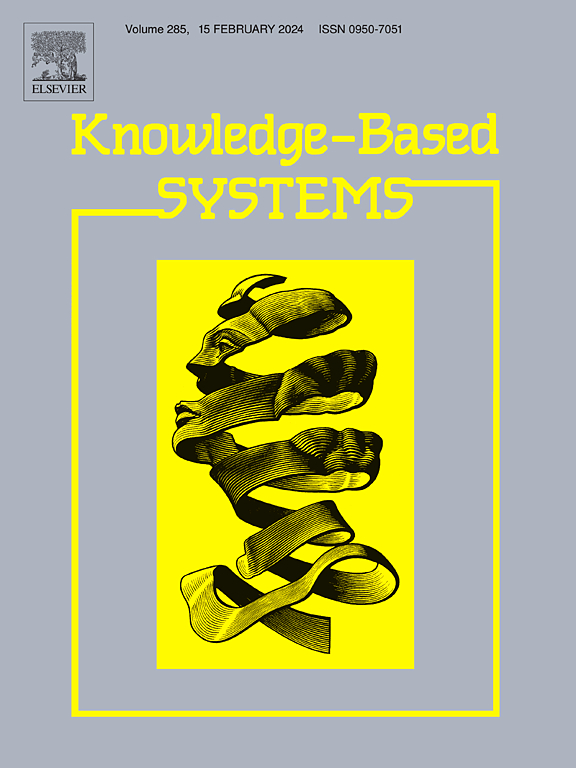SFGNet: Salient-feature-guided real-time building extraction network for remote sensing images
IF 7.2
1区 计算机科学
Q1 COMPUTER SCIENCE, ARTIFICIAL INTELLIGENCE
引用次数: 0
Abstract
Building extraction is crucial for interpreting remote-sensing images. However, existing methods struggle to balance accuracy with inference speed, limiting their support for high concurrency and real-time processing. Although recent approaches have improved segmentation, significant hurdles remain in feature lightweighting, capturing salient features, and ensuring semantic coherence across different characteristics. This paper presents a salient-feature-guided real-time building extraction network (SFGNet), designed to investigate and integrate salient information, such as semantics, details, and borders, thereby improving segmentation performance. First, an effective feature extraction module called Dual-branch Cascade Module (DCM) was developed to extract relevant channel information by learning the shallow details and boundary features of buildings. Additionally, an Offset Feature Alignment Module (OFAM) is designed to minimize the feature offset in both high- and low-frequency connection zones to capture detail and contour edge feature information. A lightweight Context Feature Aggregation Module (CFAM) was implemented in the decoder stage to consolidate local and global features. Finally, a novel hybrid loss function was designed to address the imbalance in single-view, high-density distributions. On the three public datasets (Massachusetts Builds, WHU Aerial Image, and Potsdam Dataset), our model achieves mIoU scores of 75.45%, 89.40%, and 93.16%, respectively. Furthermore, an additional cross-domain experiment on an external untrained real dataset demonstrated outstanding generalization performance. With only 2.397 M parameters, the model reaches an 130.62 FPS, outperforming current state-of-the-art models in terms of both segmentation accuracy and inference speed. These results demonstrate the potential of SFGNet for real-time building segmentation. The Code is available at https://github.com/gasking/SFGNet.
求助全文
约1分钟内获得全文
求助全文
来源期刊

Knowledge-Based Systems
工程技术-计算机:人工智能
CiteScore
14.80
自引率
12.50%
发文量
1245
审稿时长
7.8 months
期刊介绍:
Knowledge-Based Systems, an international and interdisciplinary journal in artificial intelligence, publishes original, innovative, and creative research results in the field. It focuses on knowledge-based and other artificial intelligence techniques-based systems. The journal aims to support human prediction and decision-making through data science and computation techniques, provide a balanced coverage of theory and practical study, and encourage the development and implementation of knowledge-based intelligence models, methods, systems, and software tools. Applications in business, government, education, engineering, and healthcare are emphasized.
 求助内容:
求助内容: 应助结果提醒方式:
应助结果提醒方式:


